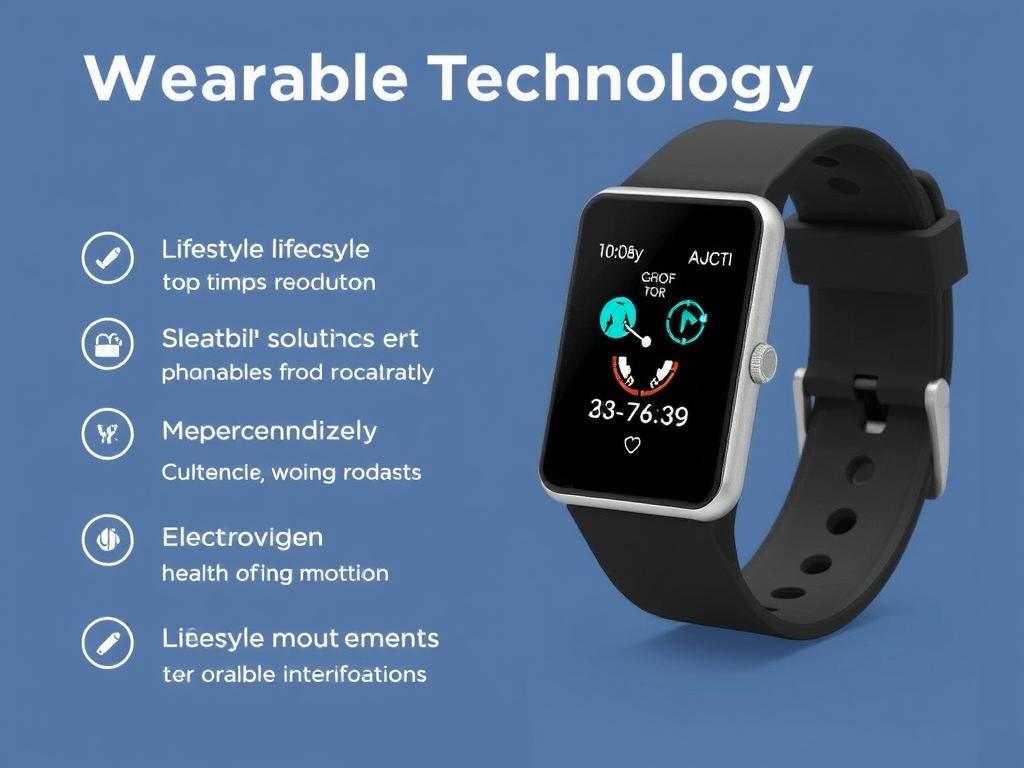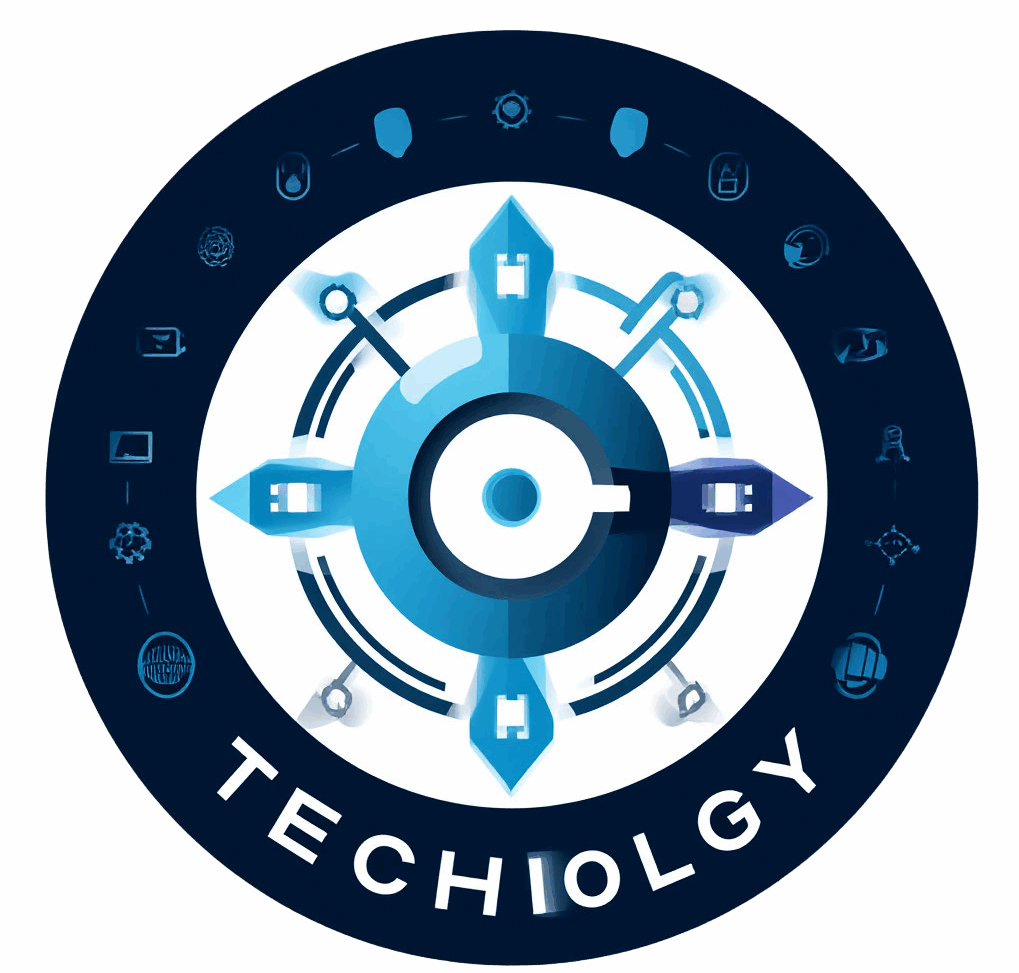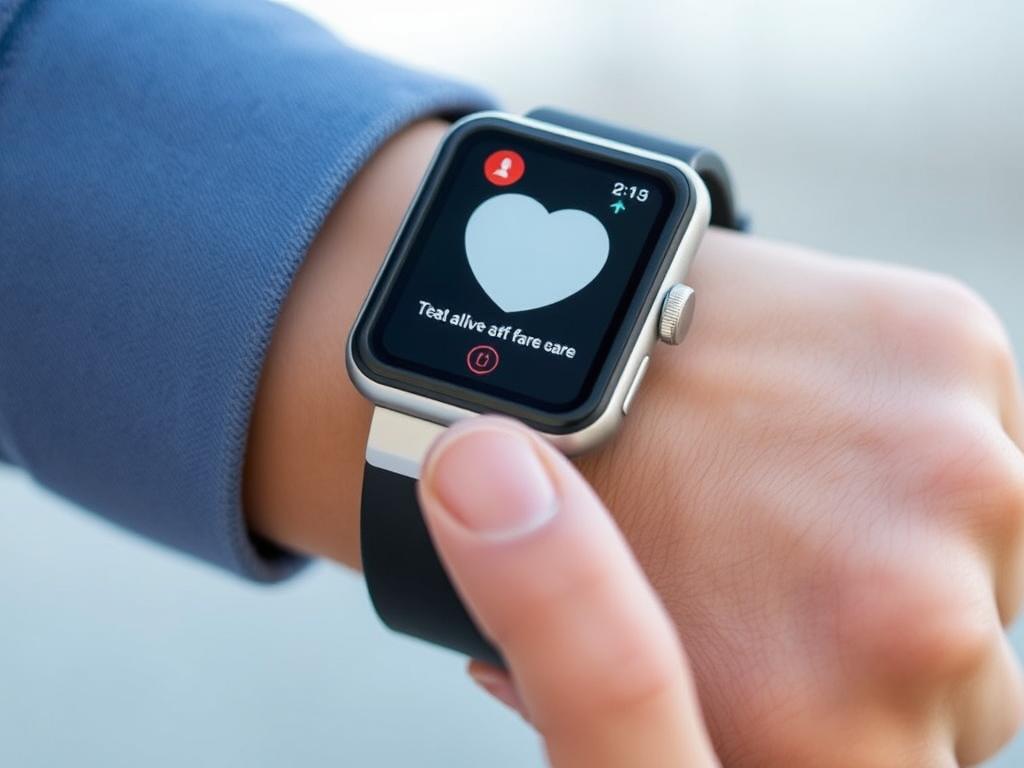Wearable technology has rapidly transformed from a futuristic concept into an everyday reality. From smartwatches to fitness trackers, these devices now play an integral role in how we monitor our health and manage our lifestyle. They combine advanced sensors with seamless connectivity, providing real-time data that empowers users to make informed decisions about their well-being. The fusion of comfort, style, and smart functionality has paved the way for wearable technology to become an indispensable accessory for millions worldwide.
At its core, wearable technology enhances the way we approach health by offering personalized insights. Devices such as heart rate monitors, sleep trackers, and even glucose sensors collect crucial information uninterrupted throughout the day. This continuous data collection helps users—and healthcare professionals—spot patterns, detect anomalies, and tailor wellness routines accordingly. Beyond health monitoring, wearables have extended into lifestyle applications that encourage healthier habits, optimize productivity, and even enable contactless payments and communication. The possibilities are expanding as technology advances, creating an exciting future where wearables enhance quality of life on multiple levels.
Understanding Wearable Technology: What Makes It Tick?
Wearable technology integrates several components that work harmoniously to deliver valuable information. At the heart of every device lies a series of sensors designed to recognize physical movements, biometric signals, or environmental factors. Accelerometers track activity levels, gyroscopes measure orientation, and photoplethysmography sensors monitor heart rate by analyzing blood flow. These sensors transform raw data into usable insights through sophisticated algorithms running on embedded processors. Connectivity features like Bluetooth and Wi-Fi facilitate data transmission between the device and smartphones or cloud platforms where it is stored and analyzed further.
The user interface is another critical aspect: wearable tech must be simple to use yet visually engaging. Touchscreens, LED indicators, and vibration alerts ensure that users receive notifications promptly without interrupting their daily routine. Battery life is also a significant consideration, pushing manufacturers to innovate energy-efficient hardware and charging methods like wireless or solar. Comfort and style aren’t afterthoughts either—wearables come in various designs, ensuring they fit well and complement personal aesthetics, making technology more approachable and less intrusive.
Key Health Applications of Wearable Technology

The health sector has been revolutionized by wearable technology in ways previously unimaginable. These devices now fulfill a spectrum of health-related functions that improve preventive care, disease management, and overall wellness. Some of the most common health applications include:
- Activity and Fitness Tracking: Step counts, calories burned, distance traveled, and exercise intensity metrics motivate users to maintain an active lifestyle.
- Heart Rate and Blood Pressure Monitoring: Continuous monitoring helps detect irregularities early, potentially preventing severe conditions like heart attacks.
- Sleep Monitoring: Wearables analyze sleep duration and quality, providing insights to improve rest and recovery.
- Glucose Monitoring: Non-invasive glucose sensors assist diabetics in managing blood sugar levels more comfortably than traditional methods.
- Respiratory Health: Devices track breathing patterns and oxygen saturation, significant in detecting respiratory illnesses or conditions such as asthma and COPD.
Table: Common Health Metrics Tracked by Wearable Devices
| Metric | Description | Health Benefit |
|---|---|---|
| Step Count | Number of steps taken daily | Encourages physical activity and fitness |
| Heart Rate | Beats per minute | Monitors cardiovascular health and stress levels |
| Sleep Duration | Hours slept each night | Improves sleep patterns and overall well-being |
| Blood Oxygen Level (SpO2) | Percentage of oxygen in the blood | Identifies respiratory issues early |
| Glucose Levels | Concentration of blood sugar | Assists diabetes management |
Wearable Technology for Lifestyle Improvement
While health monitoring dominates the narrative, wearable technology’s influence extends deeply into lifestyle enhancement. These smart devices support users by providing reminders, offering quick access to information, and even simplifying daily tasks. Imagine waking up to a gentle vibration alarm tailored to your sleep cycle, followed by an immediate summary of your sleep quality and steps taken the day before—all delivered on your wrist. This level of integration helps users set realistic goals and track progress with minimal effort.
Popular Lifestyle Features Include:

- Notifications and Alerts: Receive calls, messages, and calendar reminders without pulling out your phone.
- Contactless Payments: Use NFC-enabled wearables to make quick purchases securely.
- Music Control: Manage playlists and streaming apps during workouts or commutes.
- Meditation and Stress Management: Guided breathing exercises and real-time stress tracking promote mental well-being.
- GPS and Navigation: Helpful for outdoor activities such as running, hiking, and cycling.
These features collectively foster improved time management, convenience, and a more connected lifestyle. Smart clothing—wearables embedded in fabric—adds another dimension, enabling seamless integration without additional gadgets. As wearables become more intuitive and fashionable, their acceptance grows, encouraging even broader usage among different age groups and lifestyles.
Challenges and Future Directions for Wearable Technology
Despite the many benefits, wearable technology still faces several challenges. Privacy and data security remain primary concerns since sensitive health information is collected and transmitted regularly. Users must trust that companies handle their data responsibly, adhere to regulations, and protect against breaches. Battery life is another area ripe for improvement, as users desire devices that can go days or weeks without recharging.
Additionally, accuracy and reliability need continuous refinement. While sensors have become impressively precise, occasional discrepancies may affect the quality of health insights, requiring careful validation and calibration. Wearable technology developers are investing heavily in AI and machine learning to enhance predictive capabilities and personalize user experiences further.
Looking ahead, the line between wearables and medical devices will likely blur. Advanced biosensors capable of monitoring complex physiological parameters on par with clinical standards could make chronic illness management more accessible than ever before. Integration with telemedicine platforms and electronic health records will also streamline communication between patients and healthcare providers, promoting proactive interventions.
Emerging Trends to Watch
- Flexible and Implantable Devices: Beyond wristbands, wearables that adapt to the body or are implanted inside will expand possibilities.
- Artificial Intelligence (AI) Integration: Smarter analytics will offer deeper insights and personalized recommendations.
- Enhanced Connectivity: 5G and beyond will improve real-time data syncing and enable more complex applications.
- Eco-Friendly Materials: Sustainability concerns will drive innovation in biodegradable and recyclable components.
With these advancements, wearable technology is poised to become an even more powerful tool in shaping not only health outcomes but also lifestyle choices and everyday convenience.
Conclusion
Wearable technology has dramatically reshaped how we approach health and lifestyle management. By providing continuous, personalized insights through sophisticated sensors, these devices empower users to take control of their well-being in meaningful ways. Beyond fitness tracking and health monitoring, wearables enhance daily living with features that promote productivity, convenience, and mental wellness. Although challenges like privacy and battery life exist, ongoing technological innovations promise to overcome these hurdles. As wearables evolve, they will increasingly bridge the gap between consumer gadgets and medical tools, transforming our interaction with health and lifestyle forever. Embracing this technology today means stepping into a future where informed, healthier living is at everyone’s fingertips.



